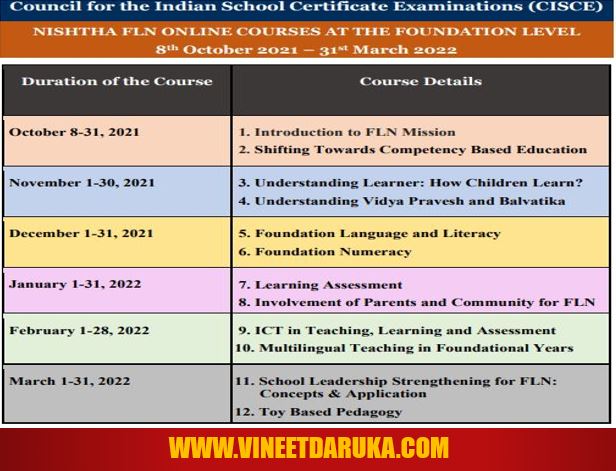Chapter 3
Food And Health
E. Answer the following questions.
Why is a balanced diet required for good health?
Ans - A balanced diet provides all essential nutrients in the right amount, which helps in body growth, energy, and protection from diseases.
Why is water essential for our body?
Ans - Water is essential because it helps in digestion, regulates body temperature, removes waste through urine and sweat, and transports nutrients.
Why should one take protein in his/her diet daily?
Ans - Proteins help in body growth, repair of tissues, and formation of new cells, which is especially important for growing children.
Name different nutrients present in food. Describe at least one function of each.
Carbohydrates – Give energy
Proteins – Help in growth and repair
Fats – Provide energy and help absorb vitamins
Vitamins – Protect from diseases (e.g., Vitamin C prevents scurvy)
Minerals – Help in body functions like bone strength (e.g., Calcium)
Water – Helps in digestion and maintaining body temperature
Roughage – Aids digestion and prevents constipation
Vitamin D is also called the sunshine vitamin. Give reason.
Ans - Vitamin D is called the sunshine vitamin because our body produces it when the skin is exposed to sunlight.
Science and Sense
Why should we not eat cut fruits and uncovered food?
Ans - We should not ear cut fruits and uncovered food because cut fruits and uncovered food can be contaminated by dust, flies, and germs, which may cause food poisoning or diseases.
Observe and Explore – Home Activity
Day-wise Observation Table:
Days
Change in Colour
Change in Smell
1
No visible change
Normal smell
2
Slight spots appear
Slightly sour smell
3
Green/white patches
Stronger unpleasant smell
4
Patches become larger
Foul smell
5
Mold fully covers it
Very foul smell
6
Bread fully rotten
Extremely bad smell
Chapter 4
Pollination
E. Answer the following questions.
The different parts of a plant are root, stem, leaves, flowers, fruits, and seeds.
2. What is androecium?
Androecium is the male reproductive part of a flower. It includes anther and filament.
3. Name the parts of female reproductive organ of a flower.
Stigma, style, and ovary (together called pistil or gynoecium) are the parts of female reproductive organ of a flower.
4. How do the colours and fragrance of a flower help in reproduction?
The bright colours and sweet fragrance attract insects and other pollinators, which help in transferring pollen from one flower to another, aiding in pollination.
5. Describe the various ways of pollination.
- Self-pollination – Pollen is transferred from anther to stigma of the same flower or same plant.
- Cross-pollination – Pollen is transferred from the anther of one flower to the stigma of a flower on a different plant of the same species.
- Agents like wind, insects, birds, and water help in pollination.
6. What are pollinators? Give any three examples.
Pollinators are agents that help in the transfer of pollen from anther to stigma.
Examples: Bees, butterflies, and wind
Science and Sense
Q no 1. How does wind help in reproduction in plants?
Wind carries the pollen grains from the anther of one flower and helps them land on the stigma of another flower, allowing fertilization and reproduction.
Q no. 2 “Rose is a perfect flower.” What is the meaning of being a perfect flower?
A perfect flower has both male (stamen) and female (pistil) reproductive organs, allowing it to reproduce on its own.





